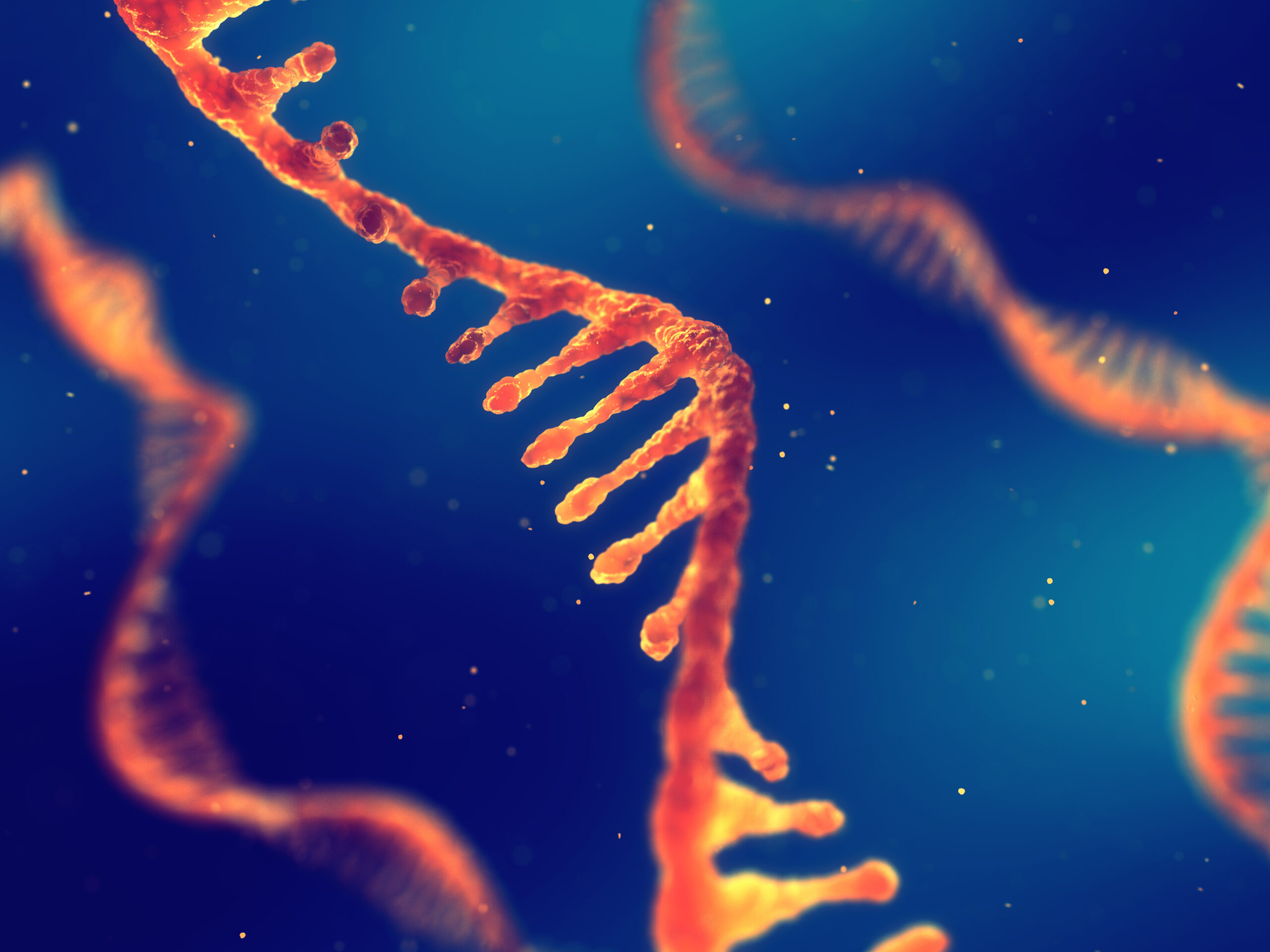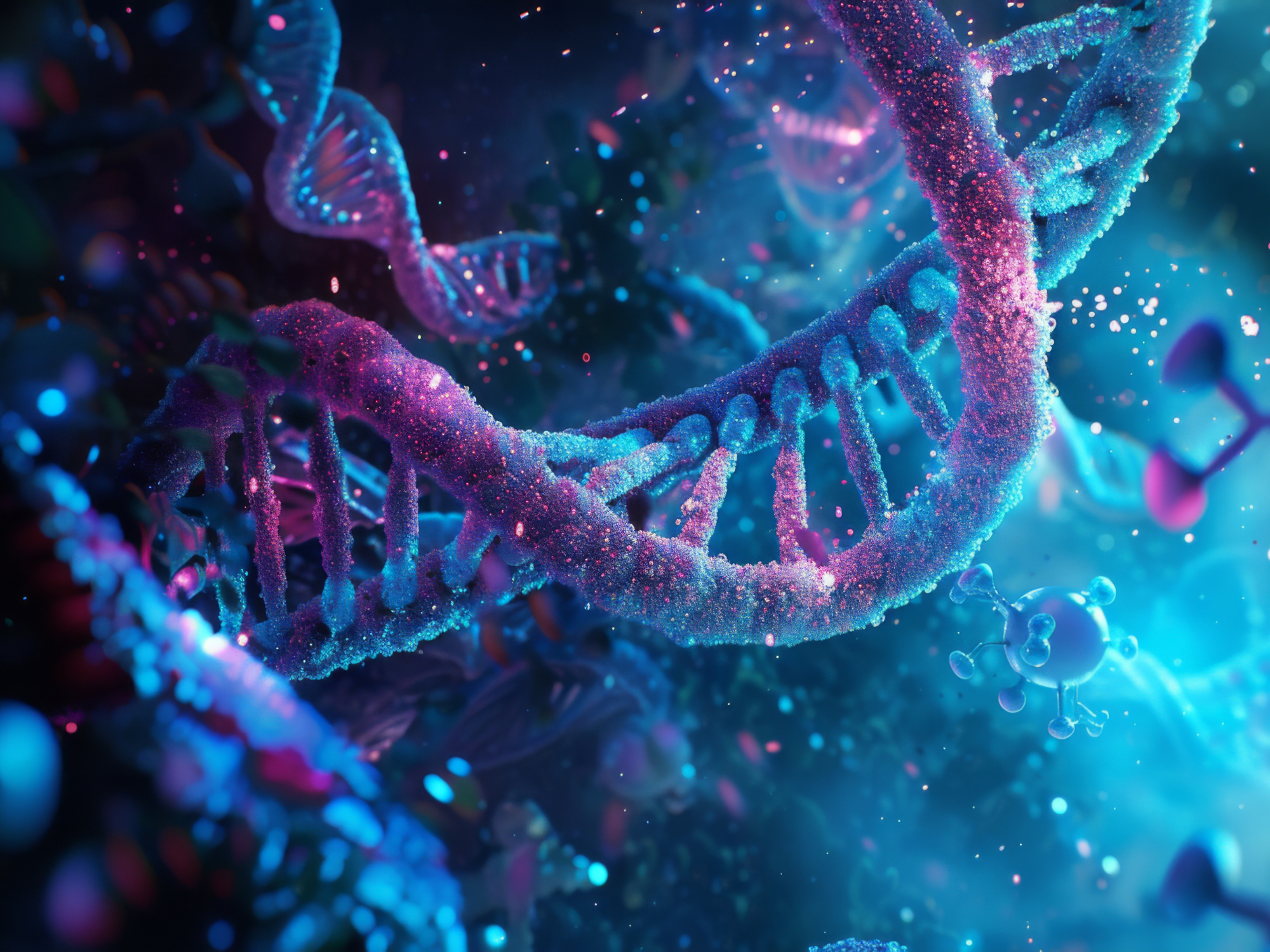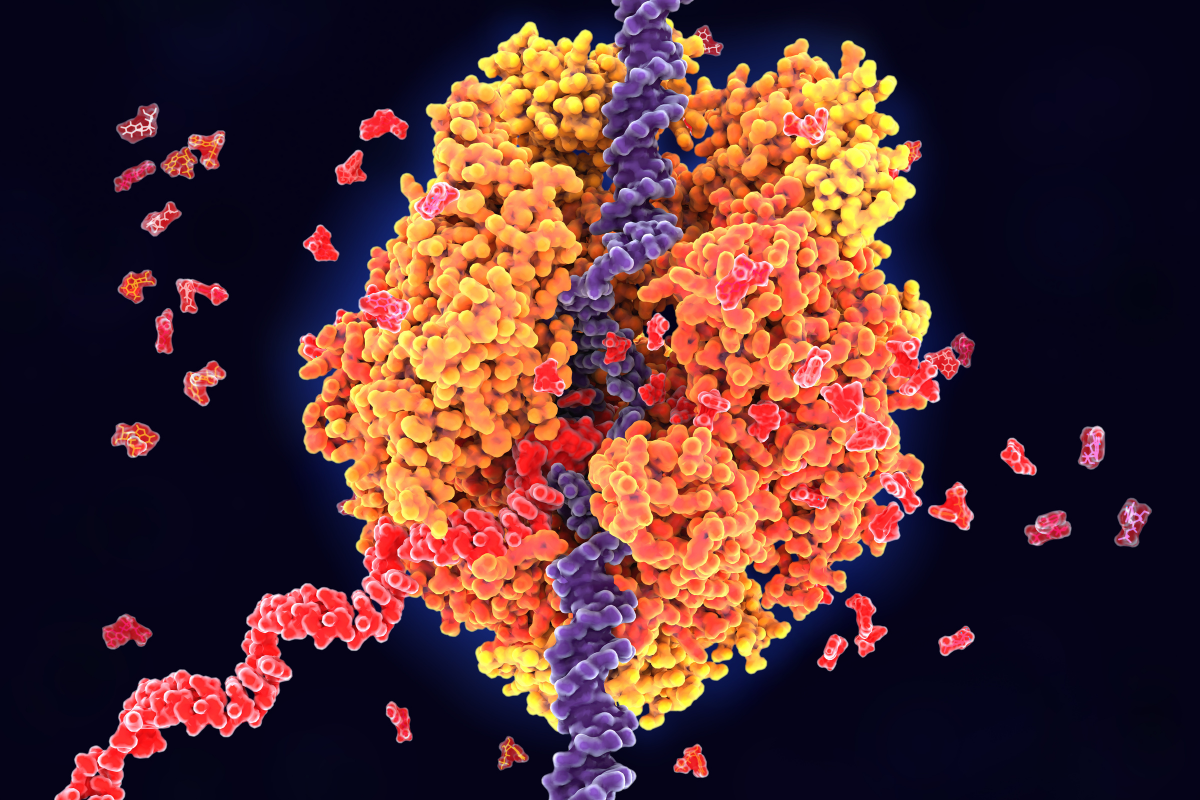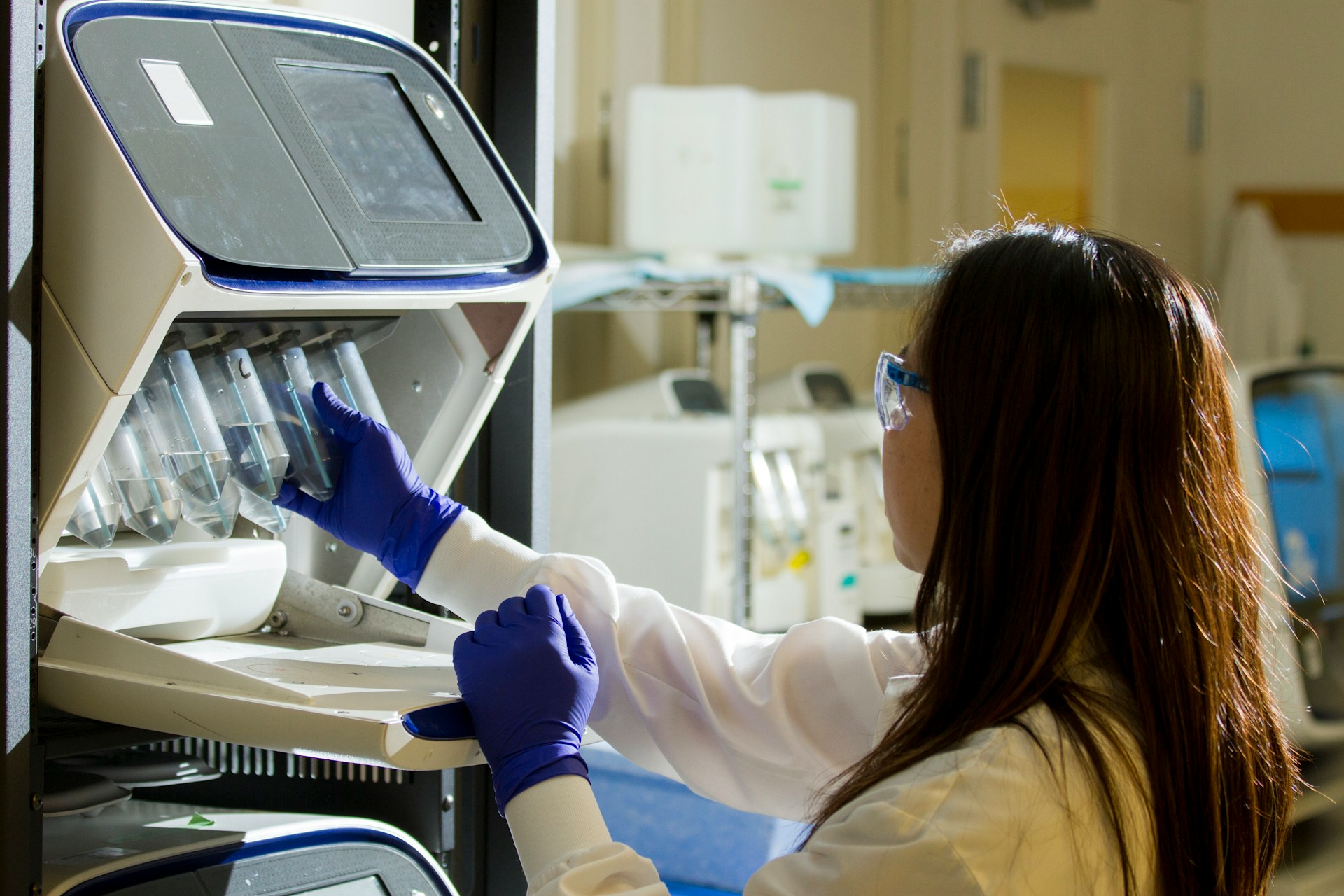Oligonucleotide Chemistry & Therapeutics Symposium: Market Trends and Industry Challenges

On 28th April 2021, Oxford Global held its brand-new Oligonucleotides: Chemistry & Therapeutics Symposium as part of its annual Biologics Europe Series Online. The programme provided an in-depth look at the critical developments in oligonucleotide synthesis, chemistry, analytics, and miRNA therapeutics. The virtual event showcased a range of pharmaceutical and biotech industry leaders, as well as academic speakers. Advisory board members consisted of key figureheads from AstraZeneca, Natco Pharma, and Biogen, and principal academics from the University of Oxford and University College London. In the post-event report, we have gathered some highlights from the events, including a summary of the key topic area discussed, and the major trends and challenges facing the oligonucleotide industry today.
The Event - Key Topic Areas:
Key topic areas within the symposium’s morning session included delivery and platform developments within the oligonucleotides’ industry. The need for purification and advanced synthesis technologies also featured, with a particular focus on the way liquid phase synthesis can affect the purity level and in turn, reduce the need for complex chromatographic separation. Presentations also discussed the analytical challenges facing characterisation of oligonucleotides in early drug discovery. The keynote address given by the Associate Director of AstraZeneca addressed this and earnt an impressive 90 views. Entitled ‘Characterisation Of Therapeutic Oligonucleotides In Early Drug Discover’ it was the most popular event of the morning session and the entire symposium. Following closely with 81 views, was Biogen’s presentation: ‘Drive To A More Sustainable Synthesis Of Large-Scale Oligonucleotides’. Led by Head of Oligonucleotide Chemical Development the presentation discussed the drawbacks of using solid-phase synthesis processing to meet large-scale manufacturing demands, instead proposing a liquid phase synthesis as a more practical and scalable design process.
The afternoon session covered development therapeutics and debated the opportunities and difficulties posed by oligos and miRNA treatments. Pharmaceutical leaders presented data on the emerging use of Antisense Oligonucleotides (ASOs) as a therapeutic modality in Oncology. Discussion surrounding the targeted delivery of Nucleic Acid therapeutics offered a thorough insight into recent market progress in the delivery of NATS to hepatocytes, pancreatic beta cells and skeletal muscle tissue. Entitled ‘Targeted Delivery Of Nucleic Acid Therapeutics’, this was the most popular afternoon session. It had a total of 80 views and was presented by the Vice President of Ionis. The second most popular presentation was ‘Purifications Of RNA Using Anion Exchange Chromatography’. With 68 views and presented by the Manager Applications at Bio-Works Sweden, the presentation offered two case studies of RNA purification.
Market Trends: Oligonucleotide Vaccinology, Technological Advances, and Antisense Therapy
The global oligonucleotide synthesis market is projected to reach USD 8.2 billion by 2024 from USD 4.3 billion in 2019?. As of this year, there is an impressive pipeline of over 150 oligonucleotide drugs in Phase I to pre-registration. During the post-event advisory meeting, board members from both top pharmacological and biotech industries, and research institutions discussed the expected key market trends facing the oligos industry today.
MiRNA Vaccines: Perhaps the most pressing trend of 2021 concerns the possibility for the Next Generation of miRNA. The development of the miRNA vaccine platform employed by both Pfizer and Moderna in response to the COVID-19 pandemic bought miRNA to the forefront of scientific discovery, and the world’s attention. Quick and easy to design, the miRNA approach works by injecting a fragment of the virus’s genetic code to trigger an immune response, which in turn forces the body to mount a defence against coronavirus. Vaccine innovations over the past year have created an exciting platform for further RNA discovery and optimisation. Nevertheless, as COVID variants now rapidly spread across the world, early-stage clinical considerations that address regulatory safety and speed of regulatory submission, will not only be of interest to the scientific community but will prove integral to the rollout of Next Generation miRNA vaccines.
- Join our Monthly Discussion Groups and Explore the Key Issues Facing Biologics Research and Development Today
- What are the Analytical Challenges of Early-Stage Oligonucleotide Characterisation?
- ?? Listen to an Exclusive Podcast Featuring Biogen to Discover the Challenges Facing Oligonucleotide Synthesis
Artificial Intelligence: Technological advances in oligo engineering and delivery optimisation are also undergoing an exciting evolution. For instance, emerging technologies are attempting to synthesise oligonucleotides from enzymes. Both Nuclera Nucleics and Evonetix are pursuing enzymatic strategies. Such technologies employ an AI approach whereby they attempt to automate the process without using a template. Thus far, these technology advances are limited to industry progression as opposed to academia.
Antisense Oligonucleotides: The versatility of Antisense oligonucleotides so far has played a key staple in the advancement of oligo drugs. Antisense oligos are a potent and preferable therapeutic due to their ability to suppress disease-related genes through the process of gene silencing. These offer new opportunities for therapeutic intervention, specifically by suppressing genetic drivers of disease. They work by binding to the target mRNA and then induce its degradation. Antisense therapy discovery is making impressive strides in the treatments of rare diseases including neuromuscular and neurodegenerative disorder, metabolic disease, and muscular disorder,
Challenges: Impurity, Sustainability, and Widening the Field
Impurity Estimation: Impurity characterisation is a big concern within the oligonucleotide landscape. When synthesis involves many individual reactions, impurities naturally accumulate. These impurities must be removed following synthesis as they can chemically modify the oligos’ structure and thus alter its therapeutic potential. However, the rapidity to which oligos react makes it difficult to predict, identify, and minimise the level of impurity produced. Current research looks to improve the rate of impurity characterisation.
Environmental Impact: As the oligos market experiences significant growth, sustainability will prove a pressing challenge. Due to the increasing research activities in the pharma and biotech sectors, and the rising demand for innovative diagnostic and therapeutic techniques, concerns will turn to how to manufacture at scale. Producing larger volumes of oligos will inevitably come with an environmental burden. Oligos are no longer a small product volume, they are now being produced at tonnes of volumes per year. As such scientists must be mindful of the effects these drugs have on ecosystems, specifically when they risk entering rivers and lakes via sewage systems and human excretion. Ensuring safe and environmentally friendly disposal of these potent medicines is paramount.
Widening the Field: Despite the rapidly growing oligonucleotide market, manufacturing of these therapeutics is currently industry-led, with academic interest limited to early-stage development. So far there is next to no supply chain coming through from universities. Widening the field of participation in oligonucleotide delivery is fast becoming a big priority. However, this presents a logistical challenge as it will involve retraining which can be both costly and time-consuming.
These market trends and the important insights provided by the advisory board will inform the structure and content of the next annual Oligonucleotides: Chemistry & Therapeutics Symposium held as part of the Biologics Europe event. In the meantime, however, we hope you can join us at the Biologics UK event on the 6th and 7th September 2021.
Want to find out more about the latest market news and industry insights? Join our Oligonucleotide Chemistry & Therapeutics Symposium on 14th September 2022 and discover the latest in oligonucleotides chemistry, process and analytical development, therapeutics, and antisense therapy.








